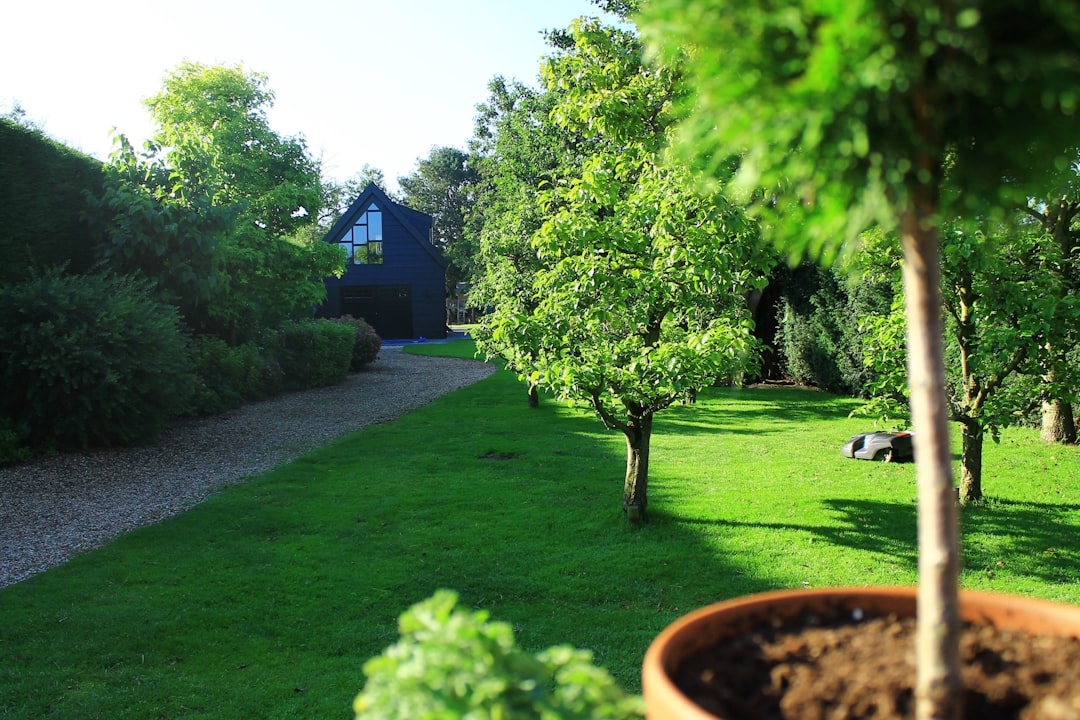Unleashing the Secrets of Cardamom Cultivation: From Seeds to Pots

Edible gardening has witnessed a remarkable surge in popularity, captivating the hearts of gardening enthusiasts worldwide. Among the plethora of herbs and plants that grace these gardens, cardamom stands out as a true gem. Renowned for its distinctive flavor and numerous health benefits, cardamom is a spice that adds a touch of elegance to both culinary creations and herbal remedies. In this comprehensive guide, we will delve into the essential tips for growing cardamom from seed and explore the art of cultivating a cardamom plant in pots.
### Understanding Cardamom
Cardamom, scientifically known as Elettaria cardamomum, is a perennial herbaceous plant belonging to the Zingiberaceae family. Native to the lush rainforests of the Western Ghats in India, cardamom thrives in warm, humid climates with dappled sunlight. The plant features long, lance - shaped leaves and produces small, fragrant flowers that eventually develop into pods containing the precious cardamom seeds.
### Starting Cardamom from Seeds
Seed Selection: When embarking on your cardamom - growing journey, it is crucial to source high - quality seeds. Look for fresh, viable seeds from a reputable supplier. Avoid using seeds from commercially available cardamom pods, as they may have been heat - treated, rendering them non - germinable.
Pre - soaking: Cardamom seeds have a hard outer shell, which can impede germination. To enhance the chances of successful sprouting, soak the seeds in warm water for 24 hours before planting. This process helps to soften the seed coat and kick - start the germination process.
Soil Preparation: Cardamom prefers well - draining, fertile soil rich in organic matter. A mixture of peat moss, perlite, and compost is an excellent choice. Fill a seed tray or small pots with the prepared soil, leaving about half an inch of space at the top.
Planting the Seeds: Place the pre - soaked seeds on the soil surface, spacing them about an inch apart. Gently press the seeds into the soil, ensuring they are covered with a thin layer of approximately 1/4 inch of soil. Mist the soil with water to keep it moist but not waterlogged.
Germination Conditions: Cardamom seeds require warm temperatures (around 70 - 80°F or 21 - 27°C) and high humidity to germinate. Cover the seed tray with a plastic dome or a clear plastic wrap to create a mini - greenhouse effect. Place the tray in a warm, bright location, but avoid direct sunlight, as it can be too intense for the delicate seedlings.
Patience is Key: Germination can be a slow process, taking anywhere from 2 to 6 weeks. During this time, regularly check the soil moisture and mist as needed. Once the seedlings emerge, remove the plastic cover and gradually expose them to more light.
### Growing Cardamom in Pots
Pot Selection: Choose a pot that is at least 12 - 16 inches in diameter and has drainage holes at the bottom. A larger pot provides more room for the roots to grow and helps maintain soil moisture.
Transplanting: When the cardamom seedlings have developed a few sets of true leaves and are about 3 - 4 inches tall, they are ready to be transplanted into the pot. Carefully remove the seedlings from the seed tray, taking care not to damage the roots. Place the seedlings in the pot, filling in the gaps with more of the prepared soil.
Location: Cardamom plants thrive in partial shade. Place the pot in a location where it receives bright, indirect sunlight for a few hours a day. Avoid placing it in areas with strong winds, as the delicate foliage can be easily damaged.
Watering: Keep the soil consistently moist but not soggy. Water the plant when the top inch of soil feels dry to the touch. During the hot summer months, you may need to water more frequently, while in the cooler months, reduce the watering frequency.
Fertilization: Feed the cardamom plant with a balanced, water - soluble fertilizer every 2 - 3 months during the growing season (spring and summer). Follow the instructions on the fertilizer package for the correct dosage.
Pruning: Regular pruning helps to keep the cardamom plant healthy and bushy. Remove any yellow or damaged leaves, as well as any dead or overcrowded stems. This allows for better air circulation and reduces the risk of pests and diseases.
Pest and Disease Management: Cardamom plants are relatively resistant to pests and diseases. However, they can be susceptible to aphids, spider mites, and fungal diseases. Keep an eye out for any signs of infestation or disease, and treat them promptly with organic pesticides or fungicides if necessary.
### Harvesting Cardamom
Cardamom plants typically start producing pods after 2 - 3 years. The pods are ready for harvest when they turn from green to a pale yellow - green color and are slightly plump. Use a pair of sharp scissors or pruning shears to cut the pods from the plant. Once harvested, the pods can be dried in a warm, well - ventilated area for a few days until they are completely dry. Store the dried pods in an airtight container in a cool, dark place.
### Conclusion
Growing cardamom from seed and cultivating it in pots can be a rewarding experience. With the right knowledge and a little patience, you can enjoy the delights of fresh, home - grown cardamom in your culinary adventures. Whether you are a seasoned gardener or a novice, adding a cardamom plant to your edible garden is a wonderful way to explore the world of herbs and spices.